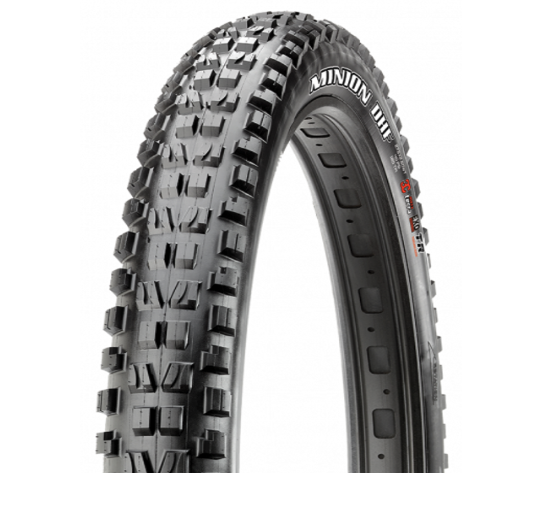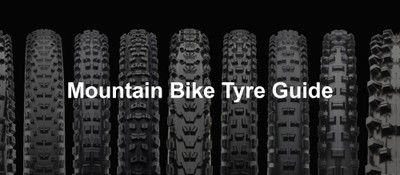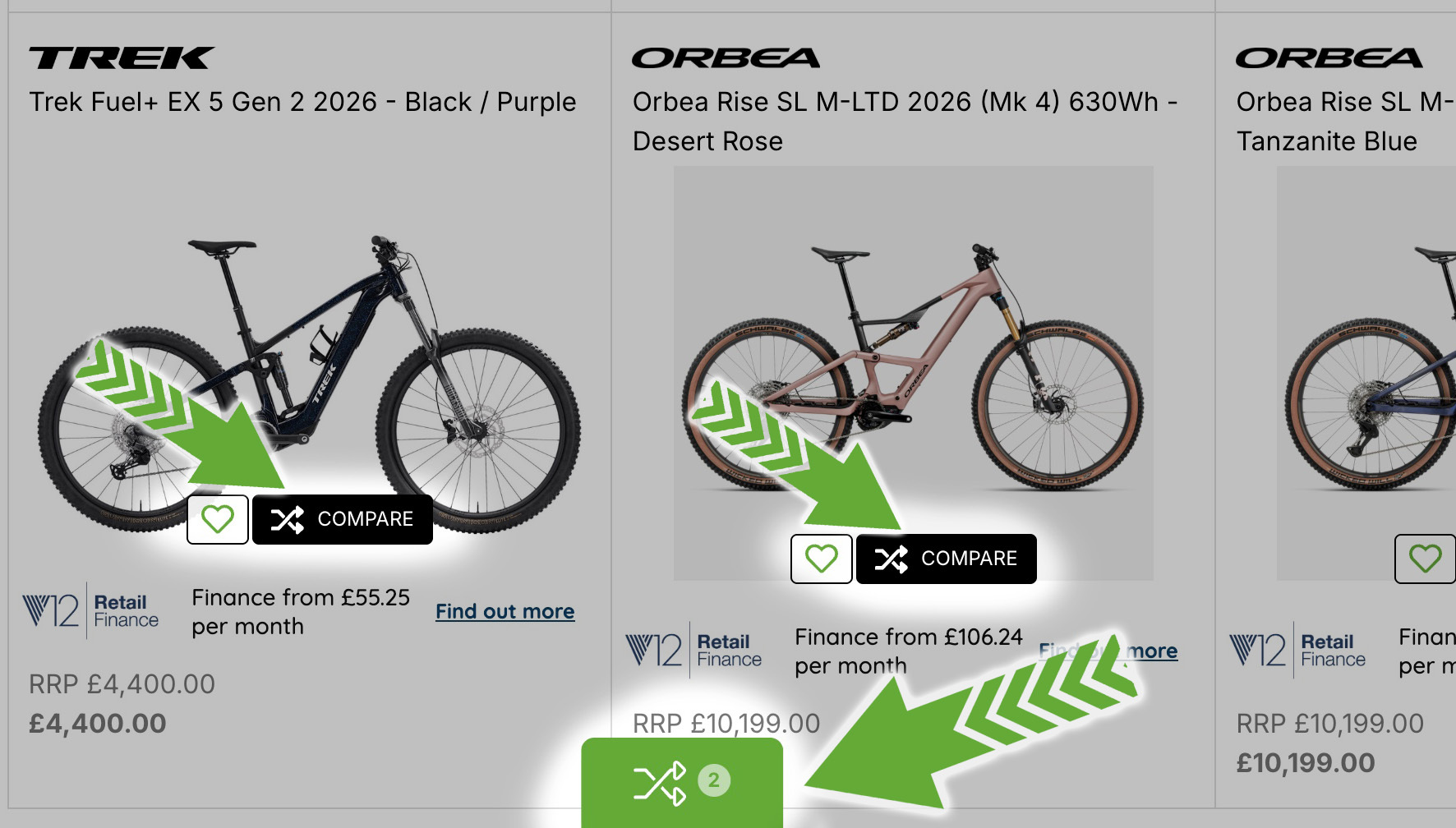For the latest prices - Shop mountain bike and e-MTBs
As a dedicated electric mountain bike (EMTB) specialist, run by riders we continuously strive to be the best in terms of:
1. Delivery | We offer free delivery* on all orders over £65. Bike deliveries are always carried out by a two-person courier service, ensuring your new ride reaches you safely and securely (*T&Cs apply).
2. 0% Finance* & Cycle To Work* | Spread the cost up to 48 Months* with Klarna & V12. We also support a wide range of Cycle to Work providers, saving you up to 43%! (*T&Cs apply, please note finance options can vary depending on whether a bike is discounted).
3. Expert Bike Setup & Inspection | Every bike we sell goes through a full 26-point PDI (Pre-Delivery Inspection), completed by our Cytech-qualified mechanics. Electric bikes also receive an additional 9 specialist e-bike checks, including full diagnostics and software updates. Each bike’s suspension is tuned to your weight, ensuring it’s set up perfectly and ready to ride from the moment it arrives.
4. Safe & Secure Bike Packaging | We take the same care packing your bike as we do building it. Each bike is securely wrapped using a mix of bubble wrap and recycled materials, with the handlebars and front wheel removed for safe transit. Inside the box, you’ll find allen keys, your PDI checklist, accessories, and any chargers included. Once unpacked, your bike can be assembled and ready to ride in just 5–10 minutes.
5. Bosch Certified eMTB Services | As early adopters of eMTB technology, we’ve invested in advanced diagnostic software and tools to support leading electric bike systems. Our team receives regular manufacturer-led training to stay up to date with the latest developments from Bosch. Working directly with Bosch allows us to access genuine parts, up-to-date software, and specialist technical support, ensuring your Bosch eMTB receives the highest standard of care to maintain performance.
6. Frame Protection Options | As riders ourselves, we understand that your bike is more than just a purchase.. It's an investment. That’s why we supply and fit custom-cut, self-healing frame protection kits, installed by our dedicated fitting team in a dust-free studio. These kits shield your mountain or electric bike from scratches, scuffs and chips, all while keeping your paint finish looking pristine.
7. Competitive Prices & Price Match* | At MTB Monster, we work hard to offer the most competitive prices on all our bikes and accessories. If you find the same bike available elsewhere at a lower price, let us know.. we’ll do our best to match the price (*T&Cs apply).
8. In House Demo Availability | We offer an extensive in-house demo fleet so you can test and compare bikes before you buy. Whether you’re exploring the agility of a lightweight eMTB or the power of a full-system electric bike, our range covers the latest motor systems from Bosch, Shimano and DJI Avinox.. all ready to ride on-site or out on the trails.
Book a demo bike here
9. Showroom Stock & Brand Selection | Our dedicated showroom is stocked with around 100 bikes on display from top brands like Trek, Santa Cruz, mountain bike and eMTB, Orbea, Mondraker, Cube, mountain bike and eMTB, HaiBike and Transition plus a curated selection of kit and accessories. Whether you’re looking for a mountain or electric mountain bike, or just want some friendly advice, you’re welcome to pop in anytime or contact us to arrange an appointment, we’re open six days a week, Monday to Saturday, 08:30–17:00.
10. Expert Product Advice | At MTB Monster, we place a strong emphasis on professional development and technical expertise. The cycling industry evolves rapidly, and our team is committed to staying ahead of the latest innovations. All of our mechanics are Cytech qualified, and we invest heavily in ongoing training. Alongside this, we provide a range of online product guides, comparisons and size guides to help our customers make informed decisions when choosing their next bike or upgrade.
Our team is also highly experienced in providing honest, informed product advice to help you choose the right bike or equipment for your needs. For expert assistance, please don’t hesitate to call us on 01254 959345, we’re always happy to help.
11. Reviews | As a small team, we love what we do, both in store and out on the trails. We take real pride in delivering the best possible customer experience, and we feel this is reflected in our many 5* reviews.
(Ashley Walton)
‘Cannot recommend MTB monster enough! Ordered my bike on the Sunday and it was with me by Wednesday afternoon. Reliable 2 person courier service used as well. Bike went through a full PDI as well as the team setting up the tubeless tires as well which saved me the hassle. Great service and will definitely use again in the future.’
12. Being an Official Premier mountain bike and e-MTB Dealer | Looking to buy a mountain bike and e-MTB e-bike in the UK and want expert advice on which model is right for you? As an Official mountain bike and e-MTB Dealer, MTB Monster is here to help you every step of the way. We’re always happy to talk you through the latest mountain bike and e-MTB e-bike range and answer any questions you might have. If you’d like some friendly, expert advice before you buy, give us a call on 01254 959345... we’re always here to help.





